GST Council Meet: During the GST Council meeting chaired by Finance Minister Nirmala Sitharaman, its tax panel will decide on the plan to cut taxes on more than 400 items ranging from hair oil to small cars. The decisions of the two-day meeting are likely to be announced on September 4.
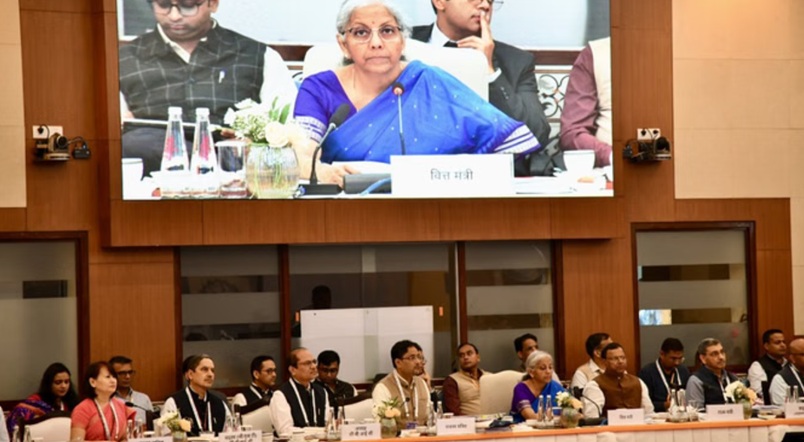
The 56th meeting of the GST Council is going on. The decisions of the two-day meeting are to be announced on September 4. The Finance Ministers of the Center and the States are attending this meeting. This time the meeting is very important. In this meeting, the members of the GST Council are discussing major changes in the eight-year-old GST tax structure. The Council Government has proposed the biggest cut in GST rates so far. The purpose of this decision of the government is to boost demand at the domestic level to deal with the challenges posed by the 50% tariff imposed by the US.
Earlier, after a major change in the scope of income tax in February, now a big cut in the Goods and Services Tax (GST) is expected to increase consumption in the country. The unexpectedly high rate of 7.8% in the economy in the June quarter has already indicated this.
Discussion will be held to reduce tax on more than 400 items – from hair oil to small cars
During the GST Council meeting chaired by Finance Minister Nirmala Sitharaman, its panel related to taxes will decide on a plan to cut taxes on more than 400 items, from hair oil to small cars. Reuters quoted Manoj Mishra, partner at Grant Thornton Bharat LLP, as saying that US tariffs are affecting exports of textiles, auto and possibly pharmaceuticals. In such a situation, India will have to focus on domestic consumption as the primary growth engine.
The decision to cut taxes in the GST Council is expected to increase sales of FMCG companies like Hindustan Unilever and Godrej Industries and consumer electronics companies like Samsung Electronics. On the other hand, vehicle manufacturers Maruti, Toyota Motor and Suzuki Motor are also expecting a big relief from the decision of the GST Council.
According to experts, the GST Council members will consider two slabs of 5% and 18% instead of the existing four slabs of taxes. The slabs of 12% and 28% can be abolished. Apart from this, there is also a plan to bring an additional slab of 40%. Under this, a hefty tax is to be considered on luxury items like cigarettes and expensive cars. The government plans to bring all items of daily use in the 5% category, which are currently in the 12% category.
Preparations to reduce tax on toothpaste and shampoo from 18% to 5%
The panel will also consider reducing the tax on consumer goods like toothpaste and shampoo from 18% to 5% and reducing the tax on small cars, air conditioners and televisions from 28% to 18%. Economists estimate that this cut will result in a GST revenue loss of $21 billion. The states’ share in this loss will be more than that of the central government.
However, the states broadly agree on these changes. However, there may be a heated discussion during the GST Council meeting on ways to compensate for the loss of revenue. The GST Council’s panel related to cars may also discuss increasing the tax on expensive electric vehicles costing more than Rs 20 lakh.
Apart from this, increasing the tax on apparel worth more than Rs 2,500 ($ 29) from 12% to 18% is also to be considered. Tax on air travel in premium and business class can also be increased from 12% to 18%. Overall, this meeting of the GST Council is very important and after the meeting, tax reform may lead to the announcement of a reduction in tax on consumer goods and daily essential items. If this happens, consumption will be boosted in the country.
Eight sectors are being focused on for GST reforms
According to the Centre’s outline for GST reforms, eight sectors are being focused on. These include textiles, fertilizers, renewable energy, motor vehicles, handicrafts, agriculture, health and insurance, which will benefit the most from changes in rates.
TDP’s support, opposition-ruled states demand compensation for revenue loss
Opposition-ruled states have demanded that all states be compensated for the revenue loss after the implementation of GST restructuring. On Wednesday morning, ahead of the council meeting, eight opposition-ruled states Himachal Pradesh, Jharkhand, Karnataka, Kerala, Punjab, Tamil Nadu, Telangana and West Bengal have confirmed their demand for protection of their revenue. At the same time, Andhra Pradesh Finance Minister Payyavula Keshav said that his state supports the Centre’s GST rate proposals. Andhra Pradesh’s Telugu Desam Party (TDP) is an ally of the BJP-led NDA government at the Centre.
Proposed GST reforms based on three pillars
The Centre’s GST reform proposal presented before the Council is based on three pillars, structural reforms, rationalisation of rates and making life easier. Structural reforms will ensure stability by providing long-term clarity on rates and policy guidelines to instill confidence in the industry and help in better business planning. The Finance Ministry’s proposal on making life easier includes seamless, tech-based GST registration, especially for small businesses and startups. It also suggests implementing pre-filled GST returns and faster, automated process of refunds for exporters and those with inverted duty structures.
What do experts expect from the GST Council meeting?
Speaking to PTI in Bengaluru, Varun Berry, Managing Director and CEO of Britannia Industries Ltd, has said that if GST is reduced, consumption will increase in the coming quarters. He believes that bringing all food items under the 5 per cent category will definitely have a positive impact on the consumption of these products. As you know, biscuits are the cheapest means of eating; It is the cheapest snack one can buy. A one rupee packet is sometimes a complete snack… It is consumed by people in a small population… The benefit will be equivalent to the reduction in GST. If it is reduced from 18 per cent to 5 per cent, removing the upside input cost etc., it will make a fair difference to consumers. It will take at least one and a half months for consumers to get this benefit.”
Here is a list of things whose prices will come down after the reduction in GST
- Dairy products: Products like butter, paneer, buttermilk, cheese
- Ready to eat foods: Products like jam, pickles, snacks, chutney
- Personal care products: Toothpaste, shampoo, soap, talcum powder
- Consumer electronics: AC, TV, refrigerator, washing machine
- Private vehicles: Small cars, hybrid cars, motorcycles, scooters
- Insurance: Zero percent GST proposed on life and health insurance

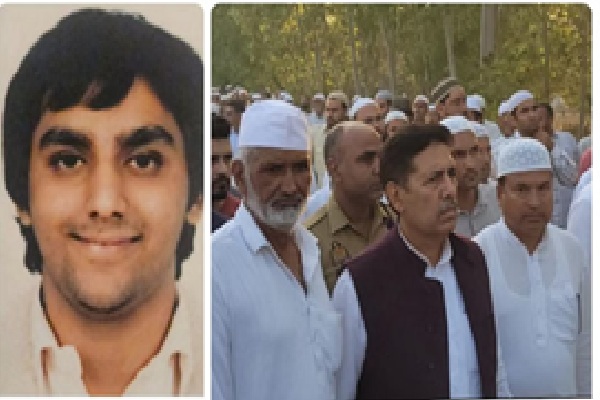


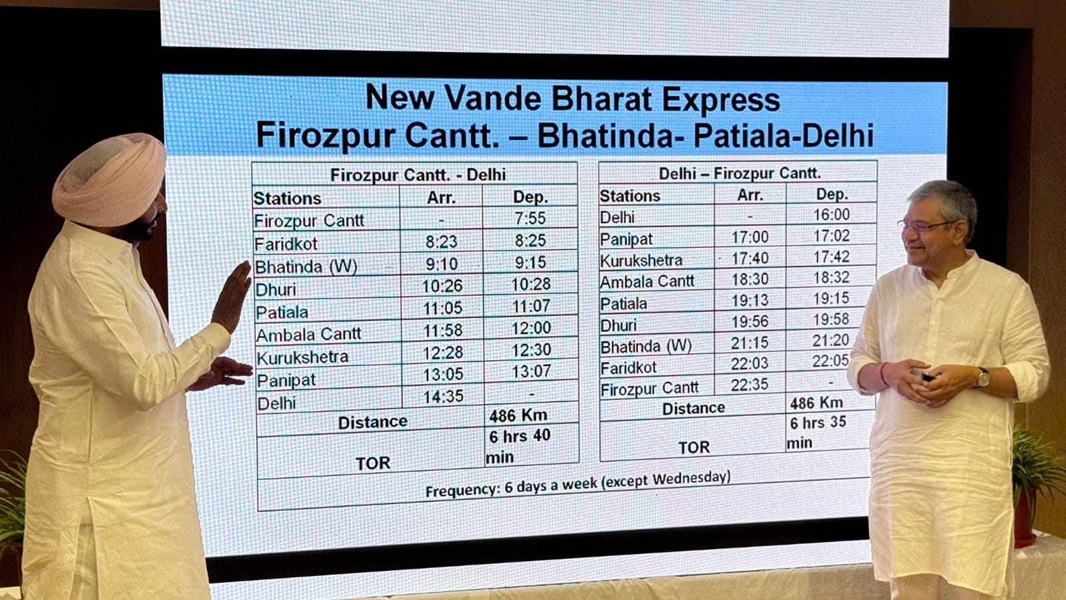

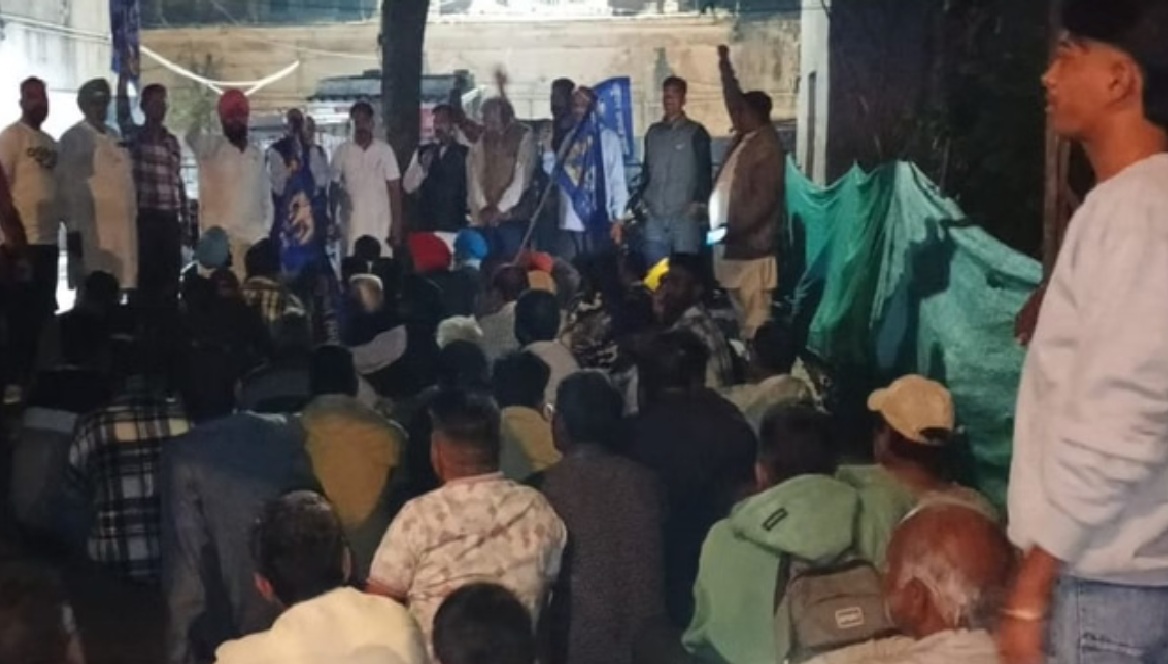

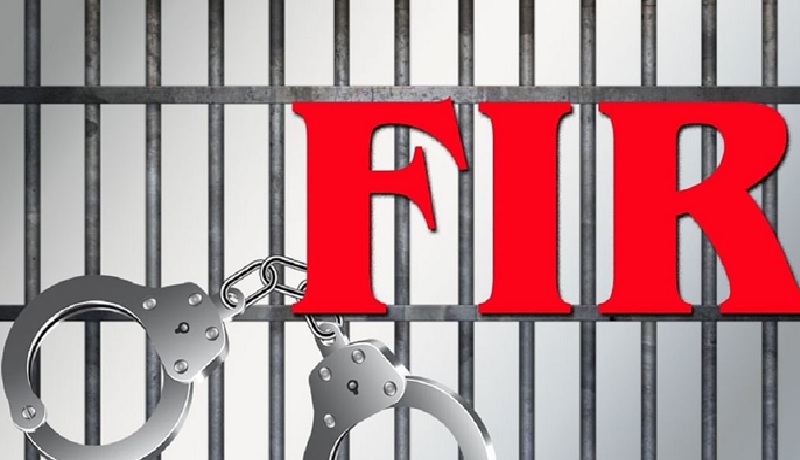
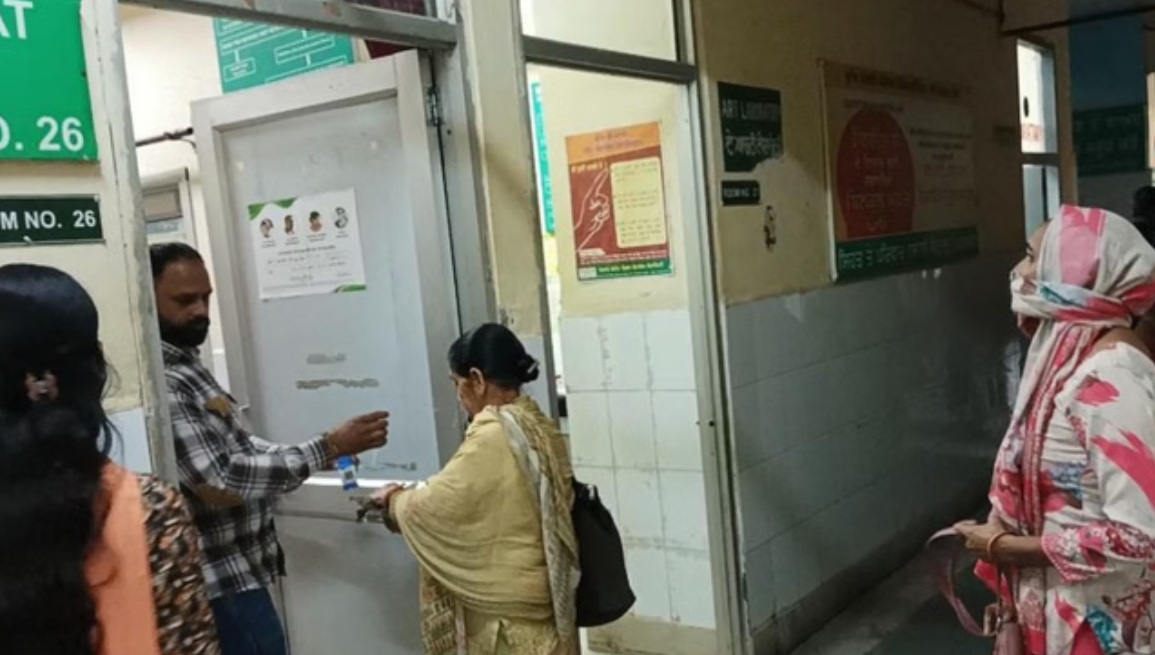

Leave a Reply